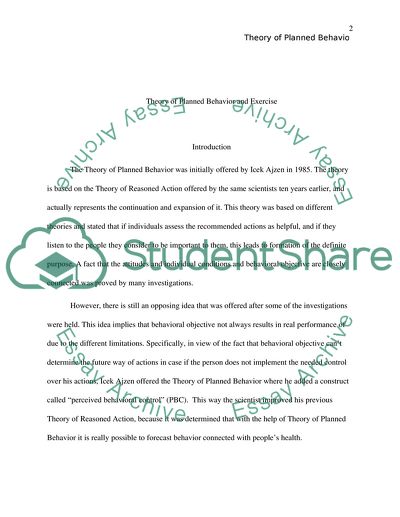Cite this document
(Value of the Theory of Planned Behavior Research Paper, n.d.)
Value of the Theory of Planned Behavior Research Paper. Retrieved from https://studentshare.org/psychology/1726491-theory-of-planned-behavior-and-exercise
Value of the Theory of Planned Behavior Research Paper. Retrieved from https://studentshare.org/psychology/1726491-theory-of-planned-behavior-and-exercise
(Value of the Theory of Planned Behavior Research Paper)
Value of the Theory of Planned Behavior Research Paper. https://studentshare.org/psychology/1726491-theory-of-planned-behavior-and-exercise.
Value of the Theory of Planned Behavior Research Paper. https://studentshare.org/psychology/1726491-theory-of-planned-behavior-and-exercise.
“Value of the Theory of Planned Behavior Research Paper”, n.d. https://studentshare.org/psychology/1726491-theory-of-planned-behavior-and-exercise.


